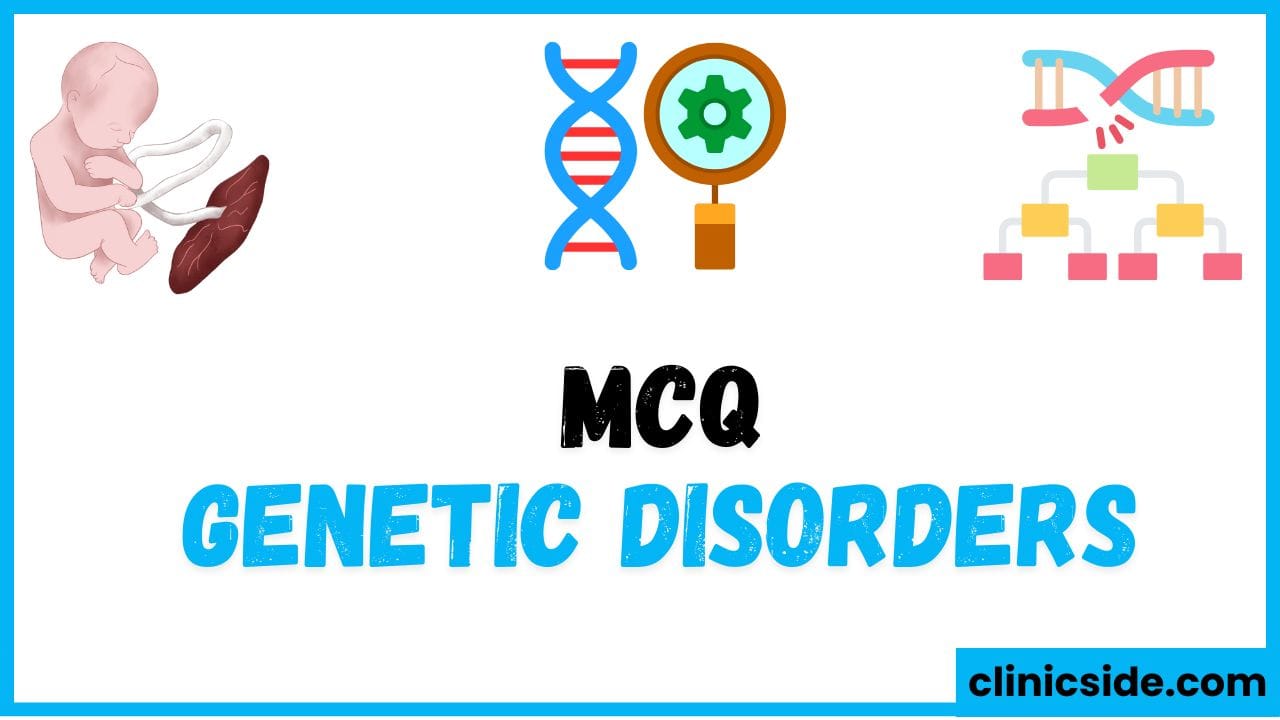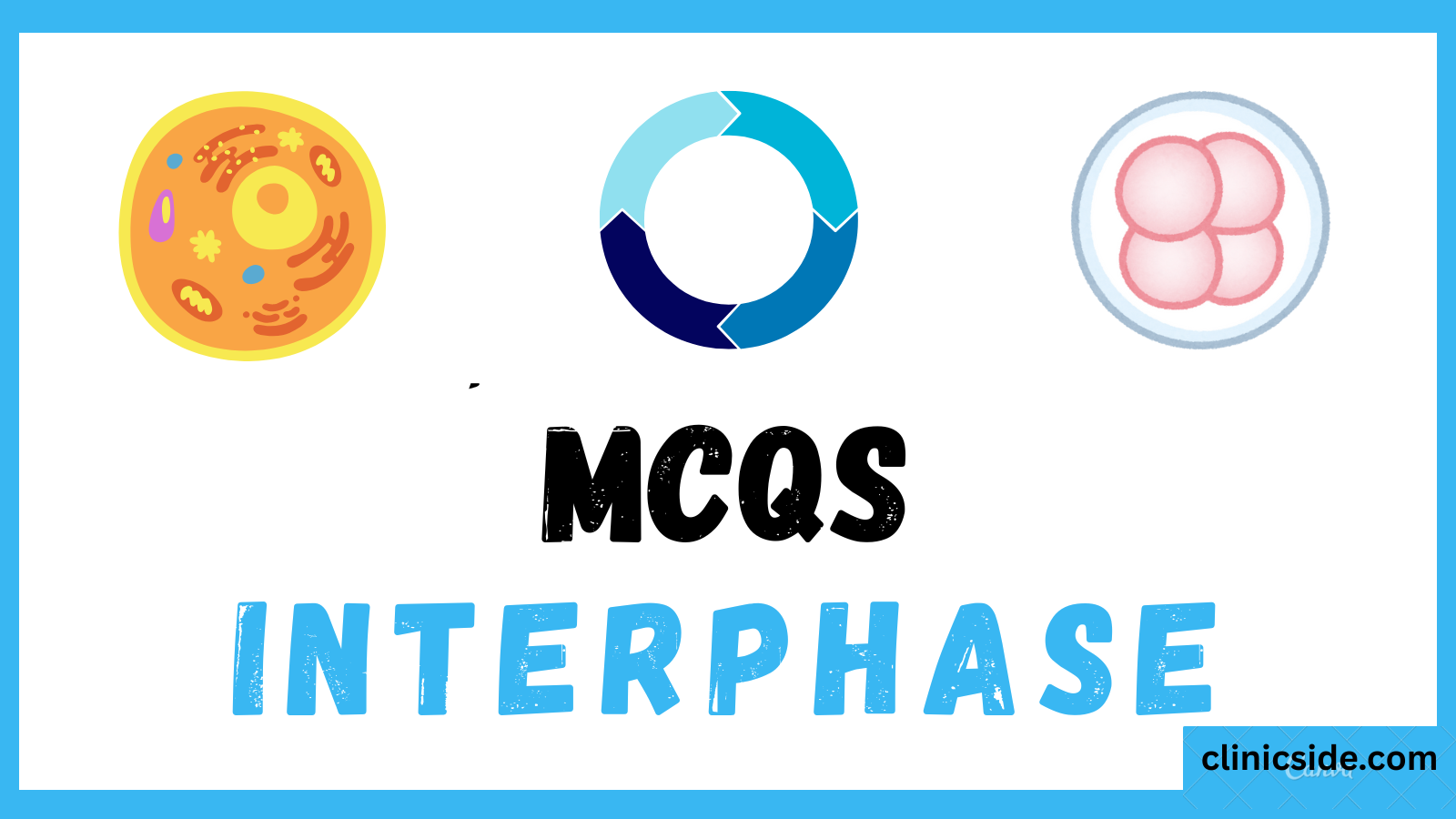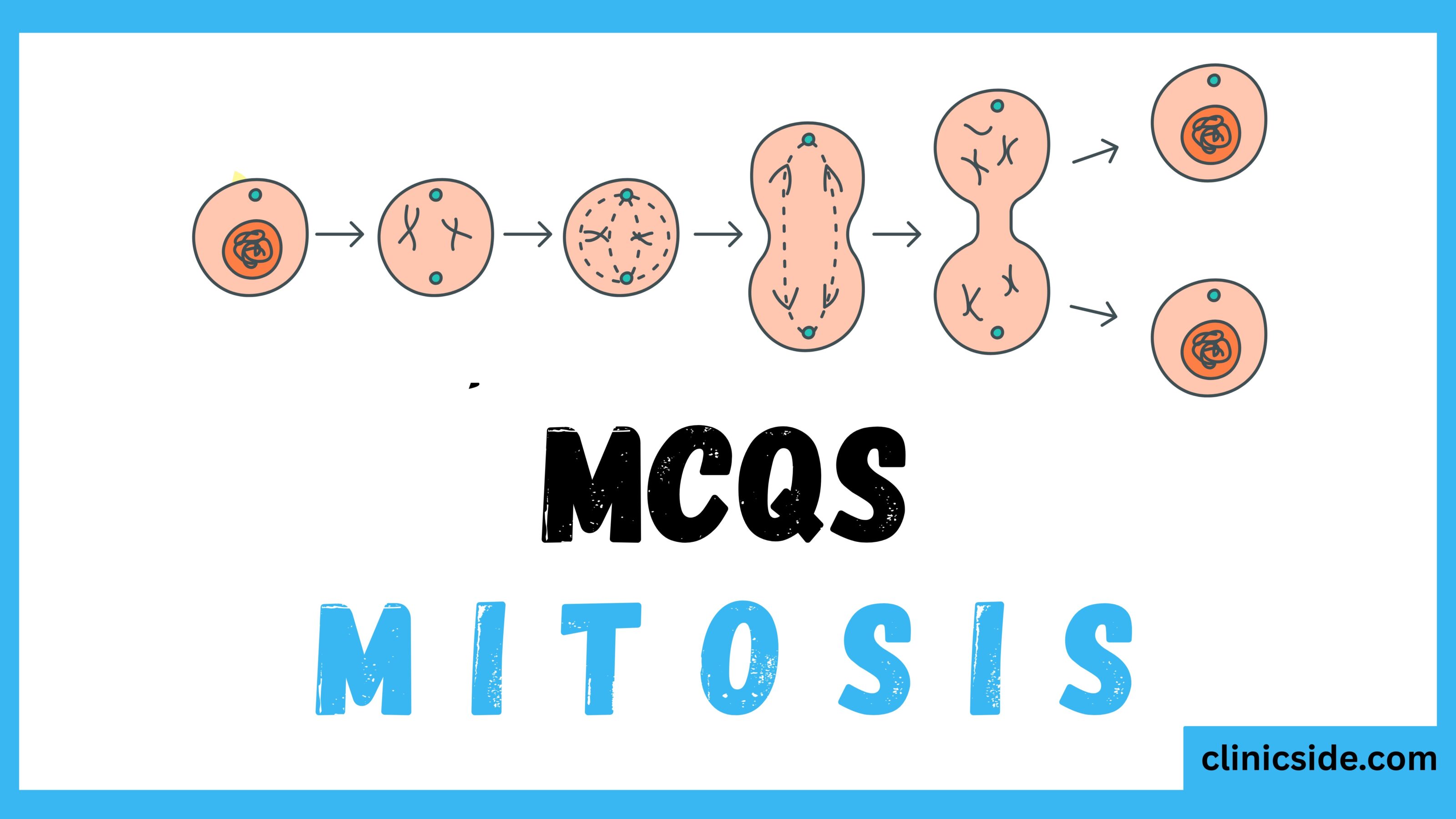1. Genetic Basis of Sickle Cell Anemia
Sickle Cell Anemia is a genetic disorder caused by a mutation in the hemoglobin gene, specifically a single point mutation in the HBB gene. This leads to the formation of abnormal hemoglobin (HbS), which distorts red blood cells into a sickle shape. The disorder is inherited in an autosomal recessive pattern, meaning an individual must inherit two copies of the mutated gene to express the disease. The mutation results in painful episodes, organ damage, and anemia.
2. Chromosomal Disorders
Down Syndrome: Down syndrome, caused by an extra copy of chromosome 21 (trisomy 21), results in intellectual disabilities, characteristic facial features, and an increased risk of heart defects. It is one of the most common chromosomal disorders.
Klinefelter Syndrome: Klinefelter syndrome occurs when males have an extra X chromosome (47, XXY), leading to symptoms like infertility, low testosterone levels, and learning difficulties.
Turner Syndrome: Turner syndrome, affecting females, is caused by a missing or incomplete X chromosome (45, X0). It leads to short stature, infertility, and heart defects.
3. Inheritance Patterns
Autosomal Recessive Disorders: These disorders, such as Cystic Fibrosis and Phenylketonuria (PKU), occur when both copies of a gene have mutations. Individuals with only one mutated gene (carriers) are typically asymptomatic.
Autosomal Dominant Disorders: In autosomal dominant disorders, such as Marfan Syndrome and Huntington’s disease, only one copy of the mutated gene is required for the expression of the disease. These disorders typically affect both males and females equally and can appear in every generation.
X-linked Recessive Disorders: Disorders like Hemophilia and Duchenne Muscular Dystrophy are X-linked recessive, meaning they predominantly affect males who inherit a single mutated X chromosome from their mothers. Females need two copies of the mutated gene to express the disorder.
4. Enzyme Deficiencies and Genetic Disorders
Some genetic disorders are caused by enzyme deficiencies. Phenylketonuria (PKU), caused by a deficiency in the enzyme phenylalanine hydroxylase, results in the buildup of phenylalanine, which can cause intellectual disability if untreated. Tay-Sachs disease, caused by a deficiency in the enzyme hexosaminidase A, leads to the accumulation of GM2 ganglioside, causing neurodegeneration.
5. Muscular and Skeletal Disorders
Duchenne Muscular Dystrophy (DMD): DMD is a severe form of muscular dystrophy caused by mutations in the dystrophin gene. It affects mostly boys and leads to progressive muscle weakness and loss of mobility. The disorder is inherited in an X-linked recessive manner.
Marfan Syndrome: This disorder, caused by mutations in the FBN1 gene, affects connective tissue and results in tall stature, long limbs, and a high risk of cardiovascular problems, particularly aortic aneurysms.
6. Metabolic Disorders
Cystic Fibrosis (CF): CF is caused by mutations in the CFTR gene and is characterized by the production of thick, sticky mucus that affects the lungs, pancreas, and other organs. It is inherited in an autosomal recessive manner.
Sickle Cell Anemia: The sickling of red blood cells in Sickle Cell Anemia is also related to a genetic mutation that affects the hemoglobin molecule, leading to a decrease in oxygen-carrying capacity and causing blockages in blood vessels.
7. Genetic Counseling and Diagnosis
Genetic counseling is an essential part of managing genetic disorders, as it helps individuals and families understand the inheritance patterns, risks, and implications of genetic conditions. Diagnostic methods like DNA testing, karyotyping, and prenatal screenings help identify genetic disorders early, providing opportunities for early intervention and treatment.
8. Treatment and Management
Although many genetic disorders are incurable, treatments can help manage symptoms and improve quality of life. For example, Sickle Cell Anemia may be treated with blood transfusions, pain management, and in some cases, bone marrow transplants. Duchenne Muscular Dystrophy is managed through physical therapy and corticosteroids, and Cystic Fibrosis requires a combination of medications and therapies to address respiratory and digestive issues.
9. Recent Advances in Genetic Research
Ongoing research in gene therapy holds promise for the treatment of certain genetic disorders. Advances in techniques like CRISPR-Cas9 gene editing offer potential cures for inherited conditions by correcting genetic mutations at the DNA level. This field is rapidly evolving, with experimental therapies already showing positive results for some genetic disorders.
These topics cover a broad range of genetic disorders, their causes, inheritance patterns, and treatment options, providing a comprehensive understanding of the genetic diseases and their implications for affected individuals and families. The questions and descriptions are designed to help students grasp these concepts and apply them to real-life examples of genetic conditions.



